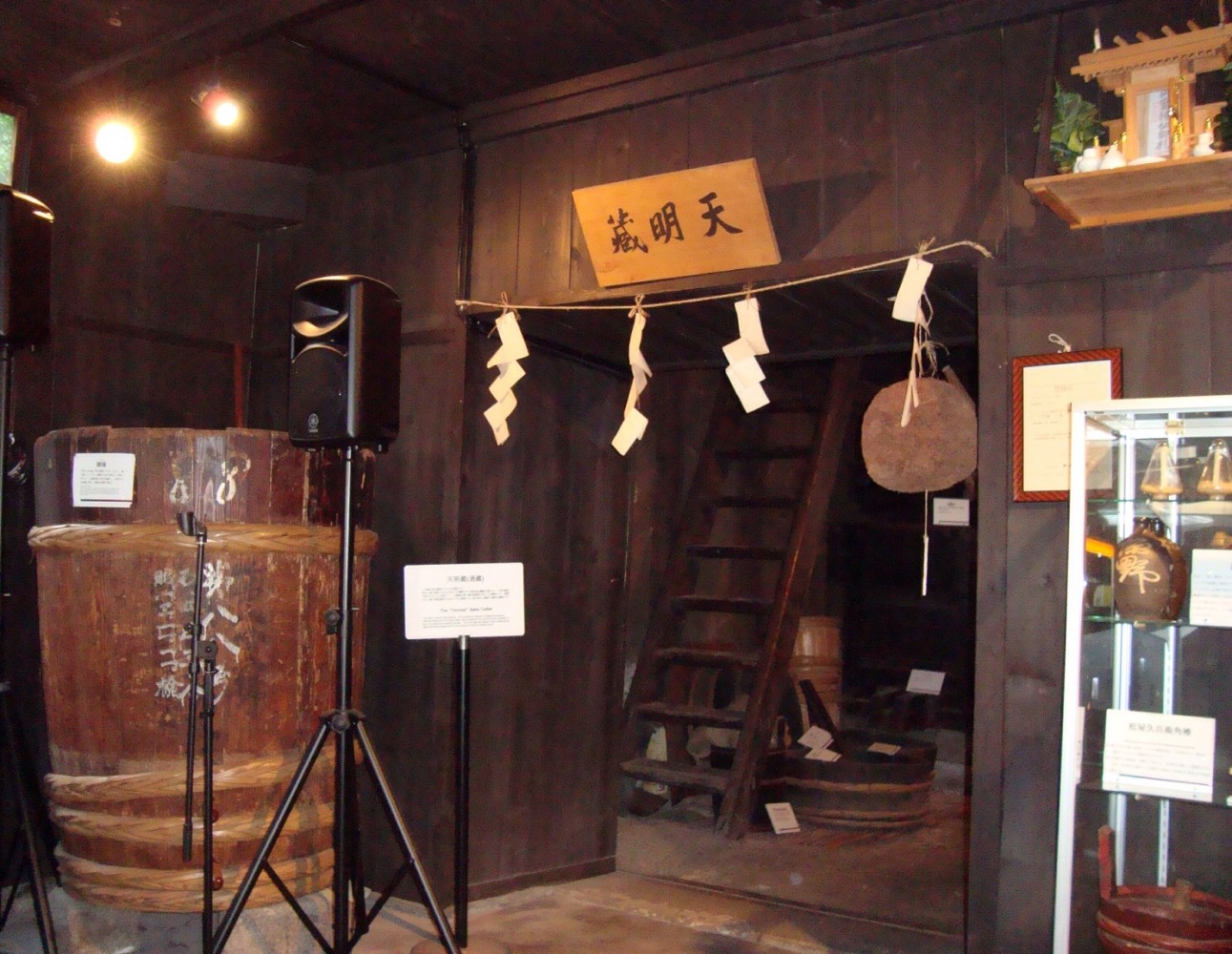Japan is a set of islands of small area for the size of its population, and we were prepared for the relative crowding and lack of private space that seems typical especially of Tokyo. What I was not prepared for is how the Japanese establish physical borders of various sorts that serve to create spaciousness within confinement, in a way that makes for both an aesthetics and an ethos. I first thought about this when, crossing a bridge in Kyoto over the river that lies between our hotel and a bustling area of shops and restaurants, David mentioned that young Japanese couples come to the bridge to escape parental eyes and to create a private-public space.
The bridge offers a nice metaphor for the particular ways in which space is demarcated here. One of the first examples we encountered was the spectacular torii, or gate, marking the entry to the Meiji Shrine, a photo of which Jeremy included in his post. The gate signifies an especially powerful boundary between the teeming, modern streets of Tokyo and the serenity of the many wooded acres of the shrine grounds, which our guide described as sacred and which felt to be hundreds of miles from the sounds, sights, and smells of the urban environment in which the grounds are situated. Each Shinto shrine or Buddhist temple we have visited has included such torii, from the small temple down the street from our hotel, pictured here, to the vast gate on the promenade to the shrine at Nara about which Diana has written.
And there’s even an echo of the torii at the head of a thronged shopping street in Tokyo!
The framing of space occurs in many other areas of Japanese life as well. At a sake museum and former brewery, we saw ceremonial folded papers, or shide, signifying purity, hanging above the threshold between two rooms to mark the “sacred space” of the brewery room.
Some of us were instructed in the Way of Tea, or the “tea world,” as our hostess called it. The Japanese tea ceremony, which originated with Zen monks who brought tea from China, is a highly choreographed formal social occasion, whose four principles, of purity, respect, harmony, and tranquillity, are enacted in every gesture. In the small room in which the tea ceremony was demonstrated to us, we were asked to conform our bodies around the dark borders where one tatami mat abuts another. The ceremony is conducted within a space our hostess named as sacred, and it is bounded on one side by a large piece of bamboo, framing the precisely placed objects of the tea service. The room itself, as well as the social ritual, seems to serve as a place away from the world. Of particular interest was the principle of kei, or respect, which included a ritual according to which a warrior entering the ceremony would lay aside his sword and place a fan horizontally in front of him on the tatami mat to signify his peaceful participation.
I expected formal elegance and orderliness in something called a tea ceremony, but I have been especially surprised to notice how the framing of the things of the world appears even in such an ephemeral matter as the lunches we purchased from a vendor at the train station. These “bento boxes” are very common lunches for adults and schoolchildren alike, and, as our guide, Lisa, mentioned, the presentation of food is as important to the Japanese as the subtle flavors. But who would have thought that such presentation would take the form of a grid that neatly keeps the flavors apart?







